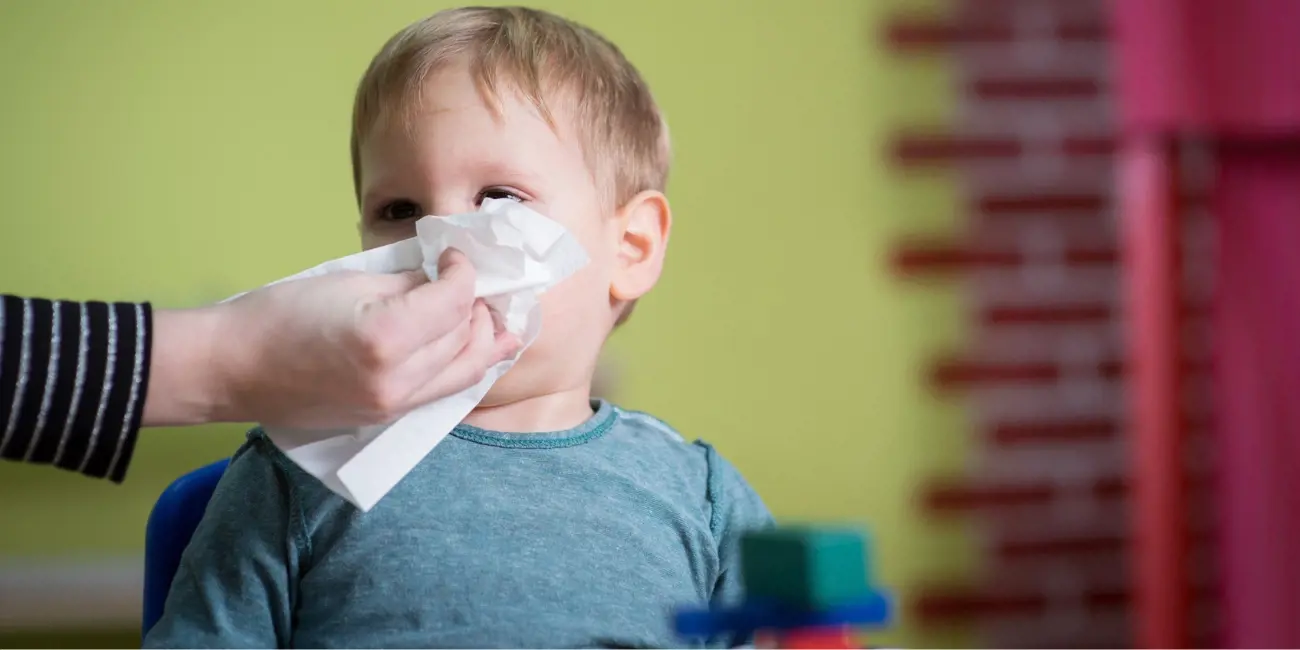Chickenpox is a very common childhood illness that most children recover from without any serious complications.
Also known as varicella, chickenpox is a highly contagious viral infection that presents as a rash, usually starting on the trunk, face, chest, and back. It can then spread to the rest of the body, mostly via touch.
Chickenpox is one of the many highly communicable diseases, bound to mandatory childcare exclusion policies.
Symptoms
The symptoms of chickenpox usually appear anywhere from 10-21 days after exposure and may include:
- Cold-like symptoms
- A fever
- A general feeling of being unwell
- A rash that starts on the trunk, face, and chest
- Fluid-filled blisters
- Itching
Transmission
Chickenpox can spread through direct contact with the rash, as well as through droplets when an infected person coughs or sneezes. The virus can also spread through contact with objects such as toys or the sharing of cups and even surfaces that have come in contact with the virus.
Children with chickenpox are most contagious from 1-2 days before the rash appears when cold-like symptoms are present until all the blisters dried up and crusted over.

Complications
Most healthy children who get chickenpox recover fully without any serious complications. However, some may experience complications. It's important to note that these are rare complications and should you have any concerns, you must consult a doctor. Complications could include:
- Bacterial infections
- Respiratory complications such as pneumonia
- Encephalitis
- Reye's syndrome (a rare but serious condition that can affect the liver and brain)
Treatment
As painful as it is to watch your child in pain, there’s sadly not a lot you can do when they have Chickenpox. There are things you can do to relieve symptoms, making them feel less miserable and preventing complications. These include:
- Administering paracetamol to reduce fever and relieve pain
- Keeping the skin clean and dry
- Use calamine lotion to relieve itching
- Avoiding scratching blisters
- Adding an oil to their bath, such as Pinetarsol
- Drinking plenty of fluids to prevent dehydration
IMPORTANT: Do not give ibuprofen, it can cause serious skin infections and further complicate things.
Prevention
The best way to prevent chickenpox is to get vaccinated. While this won’t mean you will never contract the illness, it will certainly lessen the effects. The chickenpox vaccine is safe and effective and is recommended for all children.
It is given in two doses, with the first dose usually given at 12-15 months of age and the second dose given at 4-6 years of age.
Adults who have not had chickenpox or the vaccine can still and should also get vaccinated.
Childcare exclusion policy
It’s standard across Australia that children with chickenpox should be excluded from childcare or school until all blisters have dried and crusted over. This can take between 5-7 days from the first spot appearing. Once the blisters are dried, there is little to no risk of transmission.



































